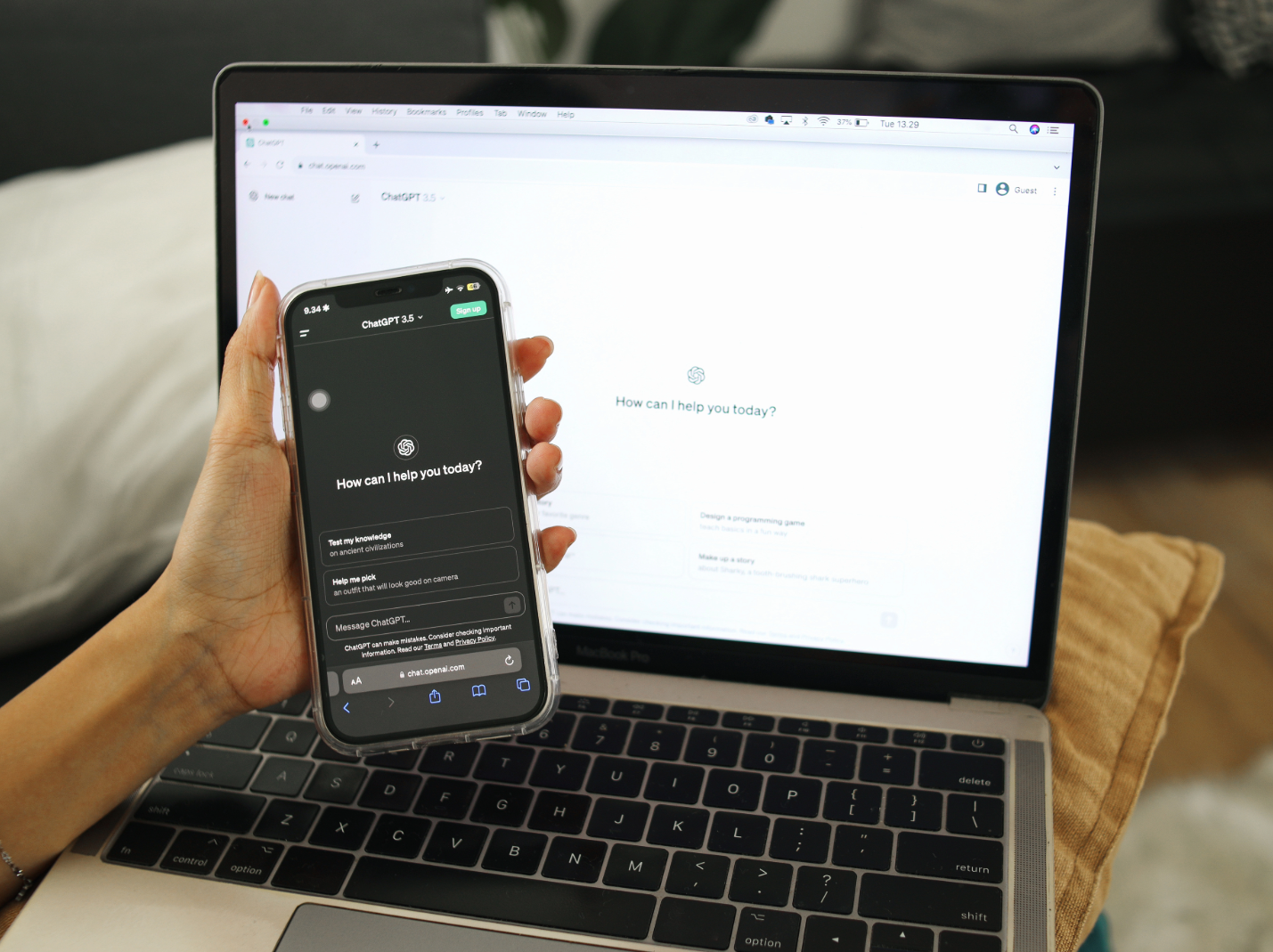
On July 29, OpenAI, the company behind ChatGPT—a generative artificial intelligence (AI) chatbot—launched a new feature called “study mode” for the platform. Specifically geared towards students, study mode offers a guided learning experience that helps users work through problems step by step, rather than simply providing direct answers.
The company acknowledged ChatGPT’s widespread use among students to “work through challenging homework problems, prepare for exams, and explore new concepts,” while also recognizing the platform’s controversial role in education. To address this, OpenAI introduced study mode as a way to promote genuine learning and prevent further misuse of AI by students.
In 2023, Forbes reported that 48 percent of students in a survey admitted to using ChatGPT for at-home tests or quizzes. By late March 2024, Turnitin had analyzed over 200 million papers and found that more than 22 million contained at least 20 percent AI-generated content, with over 6 million appearing to be written 80 percent or more by AI, according to Campus Technology. Beyond the raw numbers, Minding the Campus has extensively covered the issue, detailing how students are using AI to not only cheat and avoid exerting any real effort to learn, but also how students are bypassing detection. For example, college students are telling AI to make their essays “sound dumb” or to deliberately misspell words so they don’t get caught by their professors.
[RELATED: AI Can Boost Learning and Retention, Chief Technology Officer Says]
Minding the Campus contributor Liza Libes detailed how her experience as a college essay coach for high school students has transformed with the development of AI. Unfortunately, she says, the ability to write well without relying on tools like ChatGPT is becoming a lost skill among the new generation of students.
At its core, writing is the surest way to develop a capacity for a higher order of thought. This year, however, marking my first cohort of high school students who lack the critical thinking prowess of their predecessors, welcomes a senior class who started high school in 2022—the year of ChatGPT’s public launch. In other words, these high school students are the first of their kind to have had AI tools at their disposal for the entirety of their high school careers. Many of my students, therefore, come to meetings with ChatGPT-written essays and look confused when I put them on the spot and ask them to generate an essay outline without the help of ‘Chat.’ These are the same students who not only have never drafted an entire essay without the aid of AI tools, but have also never drafted an entire essay at all.
With the study mode, OpenAI aims for students to engage in authentic learning rather than simply copying answers generated by ChatGPT on command. When using the tool, “they’re met with guiding questions that calibrate responses to their objective and skill level to help them build deeper understanding.” Instead of receiving instant solutions, they’re encouraged to interact with the platform and work through problems step by step with ChatGPT’s support.
A video included in OpenAI’s press release of the study mode shows the feature in a side-by-side comparison with the standard ChatGPT mode. (The video below comes from YouTube.)
Key features of study mode include interactive prompts that use Socratic questioning and self-reflection to encourage active learning rather than simply providing answers; scaffolded responses that break down complex topics into clear, manageable sections; personalized support based on a user’s skill level and past interactions; knowledge checks through quizzes and open-ended questions with tailored feedback; and the flexibility to toggle the feature on or off depending on learning goals.
[RELATED: Universities Are Racing Toward AI. Is Anyone Watching the Road?]
OpenAI states that study mode was designed with college students in mind and has received positive feedback from participants in early testing. One student described it as a “24/7, all-knowing ‘office hours,’” while another said it was like having a tutor who never gets tired of answering her questions. However, the company notes that the feature is still a work in progress, with ongoing efforts to refine its functionality and effectiveness.
Study mode is a great innovation, but will it address the growing problem of academic dishonesty fueled by AI? I imagine not, as its effect will be limited to students who are already inclined to use ChatGPT ethically. Since its release in 2022, ChatGPT has become a popular shortcut for writing essays, completing homework, and even cheating on exams.
Still, study mode is a well-intentioned step forward, and above all, it signals a significant shift: AI companies are acknowledging their responsibility in creating tools that, while powerful, have been used to undermine genuine learning.
Image by Queenmoonlite Studio on Adobe; Asset ID# 821569128

” college students are telling AI to make their essays “sound dumb” or to deliberately misspell words so they don’t get caught by their professors. “
You don’t have to go that far.
Manual typewriters had fewer keys — they didn’t have a zero, or a one — you used a capitol “O” for the zero, a lower-case “l” for the one. Hence “l0” instead of “10” — the human can read both as “ten.”
The computer can’t and doesn’t — it recognizes 256 different characters, each of which has its own 8-digit (digital) numerical code. For example, zero is 00110000 while capitol “O” is 01001111 and a space is 00100000. This is all the computer can see and what it does is look for matching combinations of characters — all Turnitin does is look for similar chains of characters in its database.
It identifies plagiarism not by the words being identical, but that the combinations of characters and spaces being identical. So if they aren’t, and this is where misspelling comes in, it won’t catch it. But you’d think that the professor would catch it…
“… more than 22 million contained at least 20 percent AI-generated content, with over 6 million appearing to be written 80 percent or more by AI….” — and what (if anything) did Higher Ed do about it?!?
There is absolutely no way that 6 million students were expelled, let alone 22 million — Higher Ed is a business and no institution could afford to expel students in these numbers.
But the question I ask is why are we doing this? What is the goal of education?
I learned to drive a 1949 Willys Jeep — you had to double clutch it to shift gears. To start it, you had to have your left foot on the gas pedal because your right foot was for the starter button that was further to the right. Before the mid-’80s, high/low headlights was a similar floor switch on the left. On the Model T, you had to manually advance and retard the spark.
I was taught how to dry out wet brakes, which doesn’t happen with the disk brakes used today, and to “stab brake” which isn’t necessary with the anti-lock brakes of today. Conversely while engine braking with a rear wheel drive car won’t put you into a spin on a wet road, doing this on a wet road in a front wheel drive car almost inevitably will.
Hence while the goal (safe driving) remains the same, driver education today is quite different from what it was 50 years ago. I argue that Higher Ed needs to make similar changes — perhaps papers as a means of evaluation of knowledge are no longer effective.
Maybe we need to go to oral defense of papers, which is done on the doctoral level, or perhaps a seminar-style class where students present/discuss their paper to their peers, as is often done in grad school.